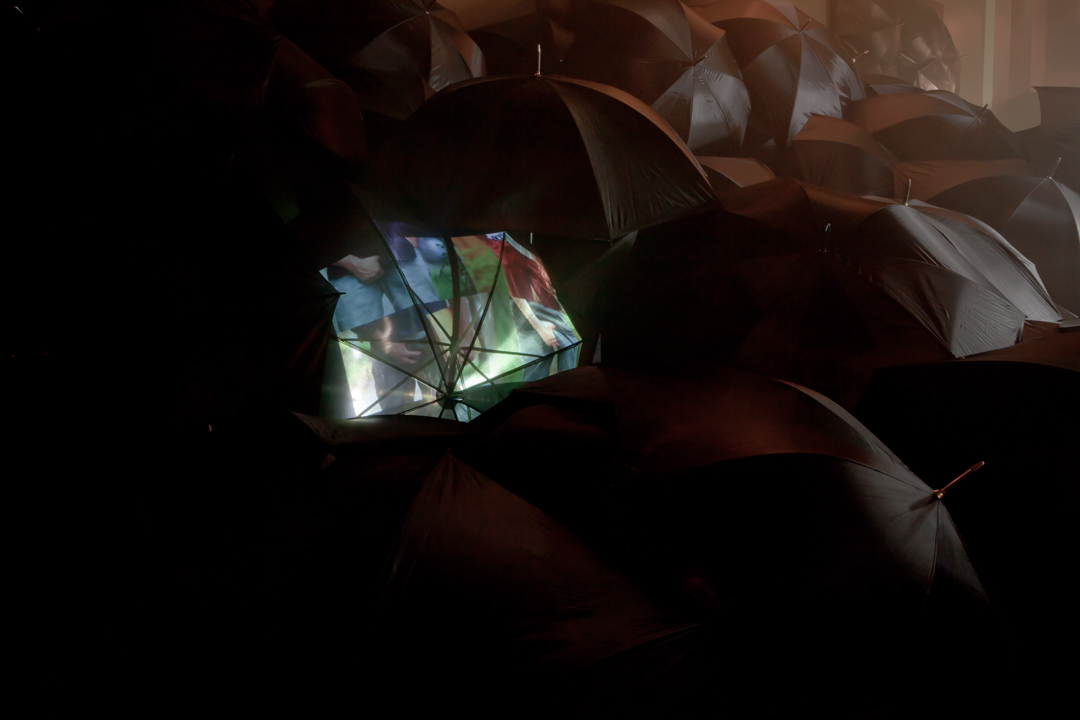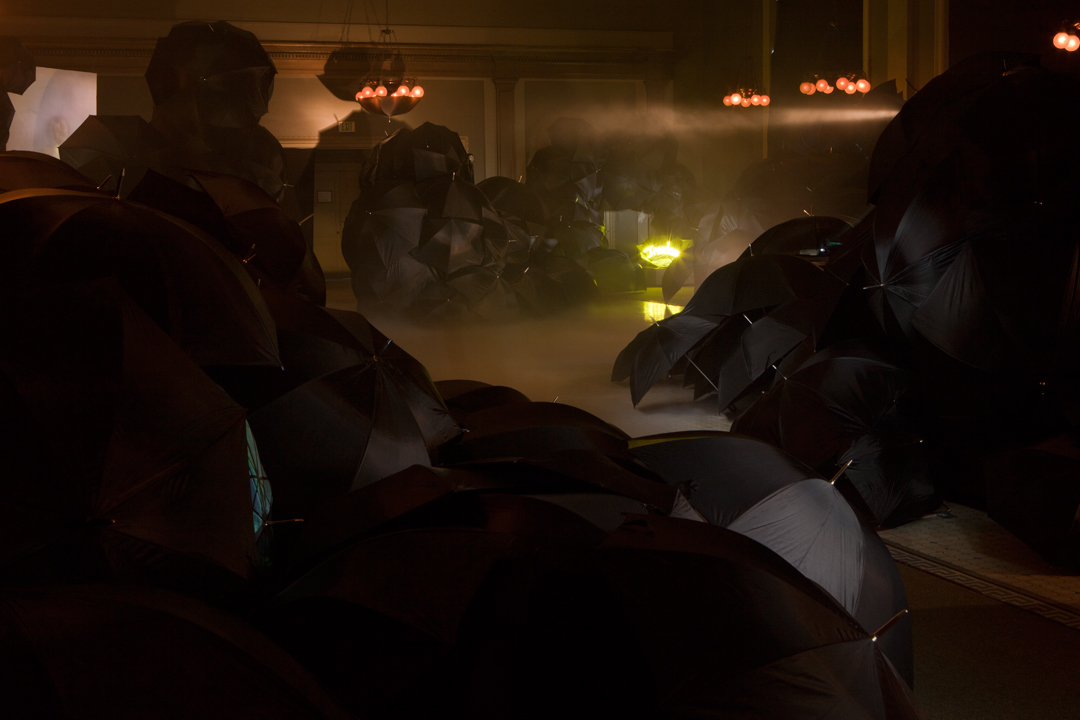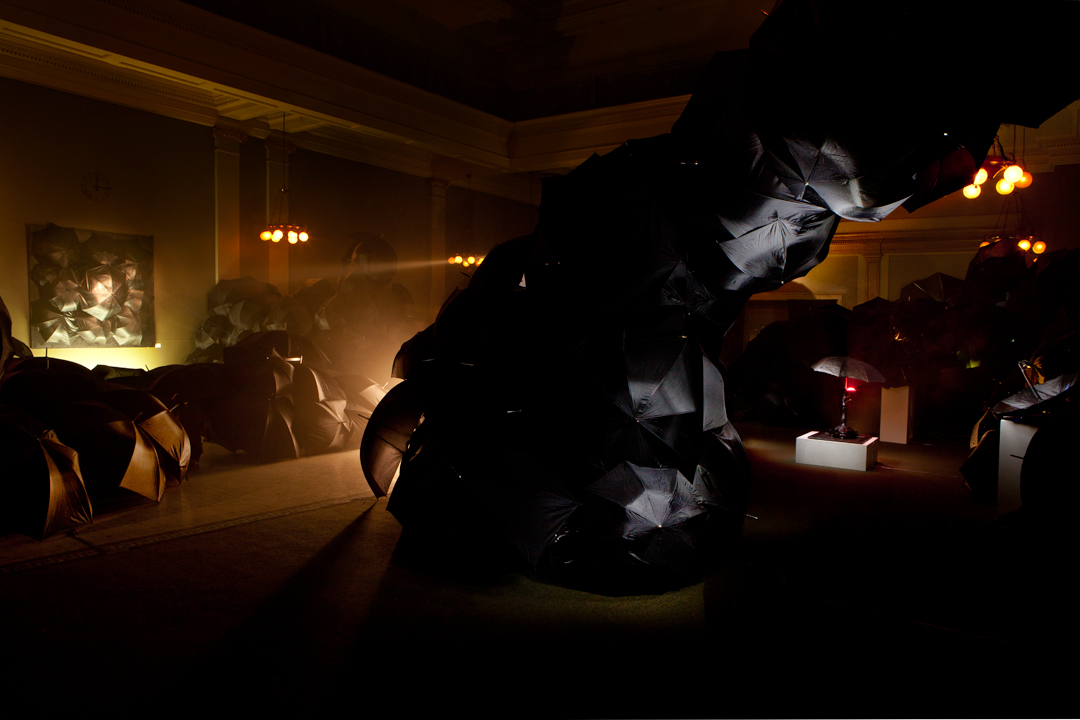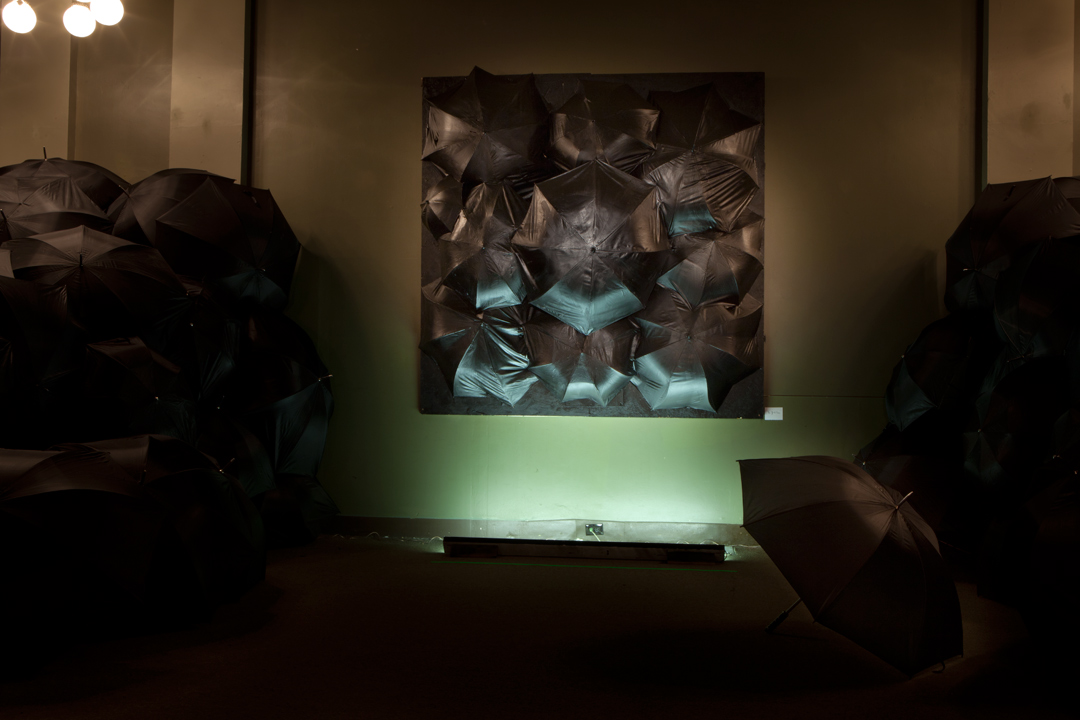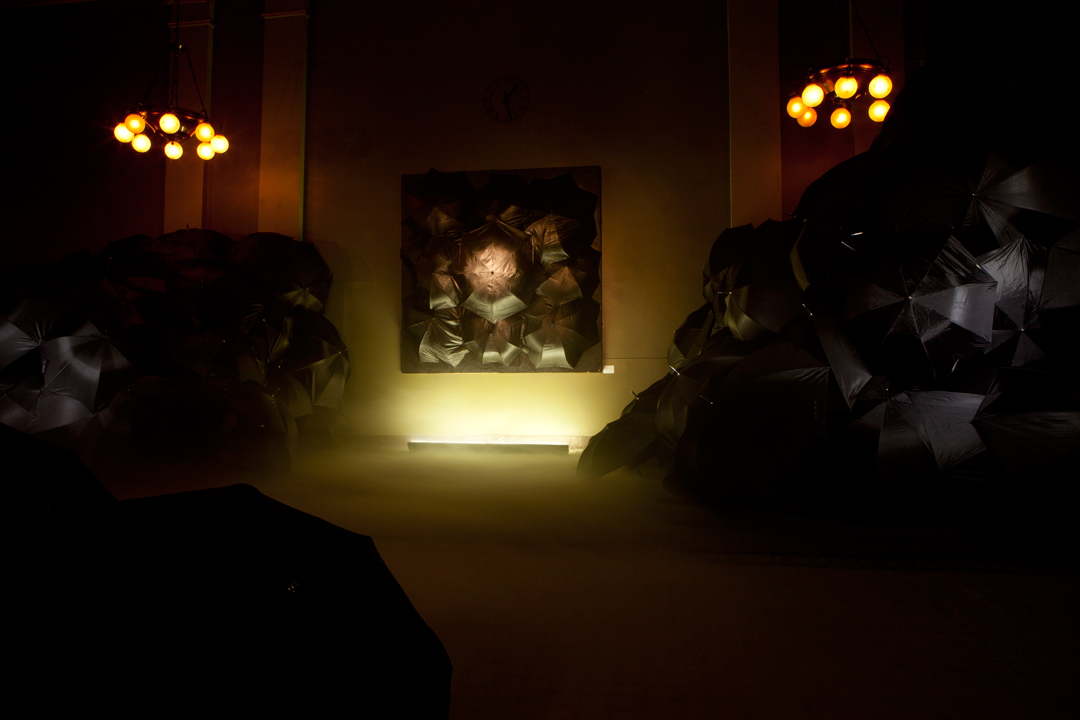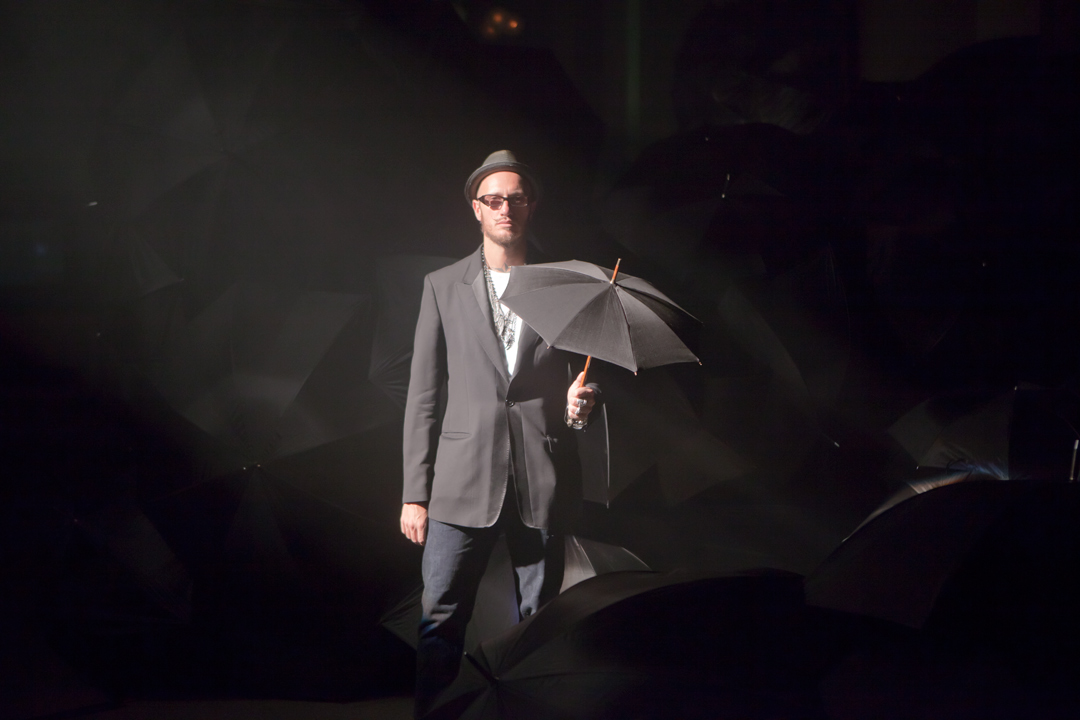Biagi's art is be defined as symbolic because it complies fully with the fundamental canons of this artistic movement. First, the ideal, the expression of ideas by means of forms; then follow the synthesis, the reduction in the essence of the symbols, the subjectivity, because the object becomes a sign of the idea conceived by subject; Emotion 'to the capacity of the works put out to express emotions, and finally the decorative, understood in its broadest sense recovery, rebuilding, for example, the ancient decorative painting.
The instrument of expression, through which Mattia Biagi unleashes his creative genius, is the TAR. This special and innovative medium covers the object with its tactile, almost rubbery, texture. The object is highlighted because tar faithfully traces out the contours: as a result, the form plays the starring role in every creation.
The selected object is saved and re-used, dipped in tar and covered with a new black skin. This brand new aspect paradoxically makes the creation even more recognizable, even if its original functionality has been denied. Through his works, Biagi takes us in a journey into the substance of things, reaching the heart of the viewer. The ‘shadow aspect’ inspires the viewer to reflect, facing him with his fears, his feelings, his dreams, his past and his future. In fact, the black substance covers the object, which gains a veil of mystery. Frozen under a cover of tar, the form reveals itself: a tender memory, a nightmare with wide-shut eyes, a criticism against the society, a shout against the war, a sound, a note. Each of these emotions seems to recall us moments of life and personal experiences that tar has crystallized. This is the magic.
The object is part of the creative process. The creative process begins before the “rite of tar”. The searching means not only a recovery for recycled material, it means more. It is both a material and ideal recovery. In fact, every object is saved from dissolution and emptiness, to which it would be destined inevitably. This re-discovered object survives from its fate, therefore receiving in return a "new life", a new skin, a new aesthetic form. The artist recovers the material object giving it a new meaning or, even better, each work becomes a symbol to which the viewer can relate. The symbol has the power to recover emotions, moments, memories, feelings and thoughts. Thus the recovery process would lead to a sort of reassembling fragments of us.
The rite of tar is just part of the artistic process: as the moment of searching, is important what comes next the view of the work of art, that seems to caste a spell on us. The object gains a new meaning as pure form and attracts us violently like a magnet. The viewer seems to be called to a silent, but no less effective, conversation. After recognizing the object thanks to its form, a contradiction arises in our mind and leads us to reflection. In fact, we won’t ever use that object again: it is a work of art, crystallized as beautiful dark icon.
The contrast between the recognizable subject and the unusable object (that before the creative process were the same thing!) leads to reflection. The emotional response overwhelmingly dominates all other forms of intellectualism. Rules are broken: the art is no longer observation and description, but is the artist who responds to his intuition and imagination creating new symbols.

















